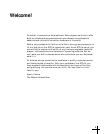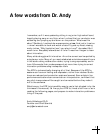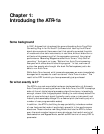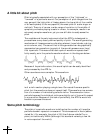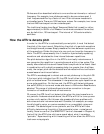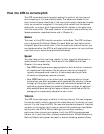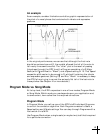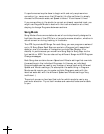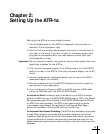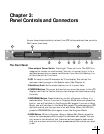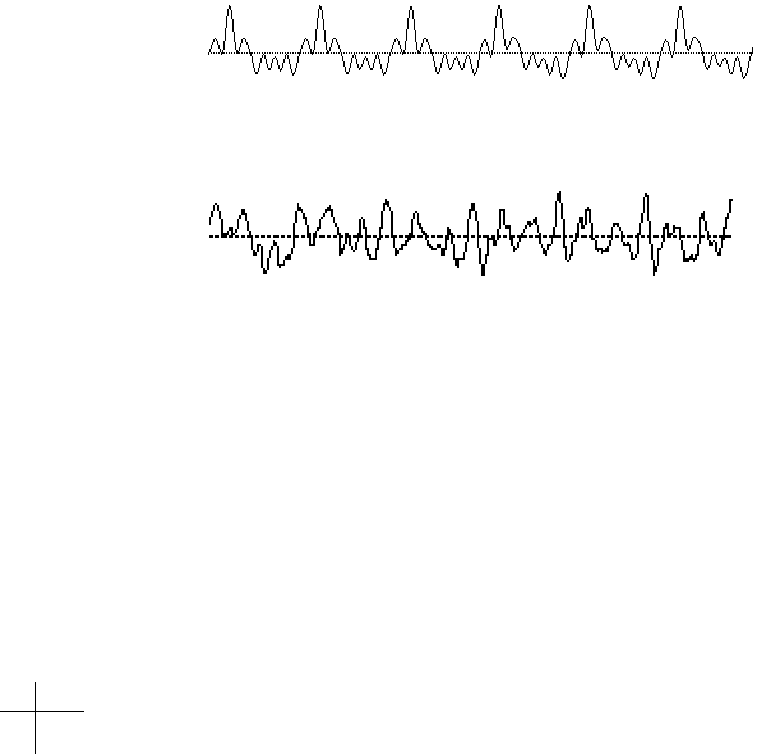
10
A little bit about pitch
Pitch is typically associated with our perception of the “highness” or
“lowness” of a particular sound. Our perception of pitch ranges from the
very general (the high pitch of hissing steam, the low pitch of the rumble
of an earthquake) to the very specific (the exact pitch of a solo singer or
violinist). There is, of course, a wide range of variation in the middle. A
symphony orchestra playing a scale in unison, for example, results in an
extremely complex waveform, yet you are still able to easily sense the
pitch.
The vocalists and the solo instruments that the ATR-1a is designed to
process have a very clearly defined quality of pitch. The sound-generating
mechanism of these sources is a vibrating element (vocal chords, a string,
an air column, etc.). The sound that is thus generated can be graphically
represented as a waveform (a graph of the sound’s pressure over time)
that is periodic. This means that each cycle of waveform repeats itself
fairly exactly, as in the periodic waveform shown in the diagram below:
Because of its periodic nature, this sound’s pitch can be easily identified
and processed by the ATR-1a.
Other sounds are more complex. This waveform:
is of a violin section playing a single tone. Our ears still sense a specific
pitch, but the waveform does not repeat itself. This waveform is a summa-
tion of a number of individually periodic violins. The summation is non-
periodic because the individual violins are slightly out of tune with respect
to one another. Because of this lack of periodicity, the ATR-1a would not
be able to process this sound.
Some pitch terminology
The pitch of a periodic waveform is defined as the number of times the
periodic element repeats in one second. This is measured in Hertz (abbre-
viated Hz.). For example, the pitch of A3 (the A above middle C on a
piano) is traditionally 440Hz (although that standard varies by a few Hz.
in various parts of the world).






